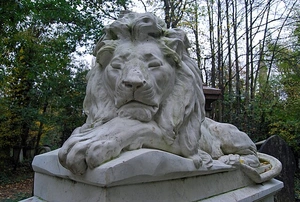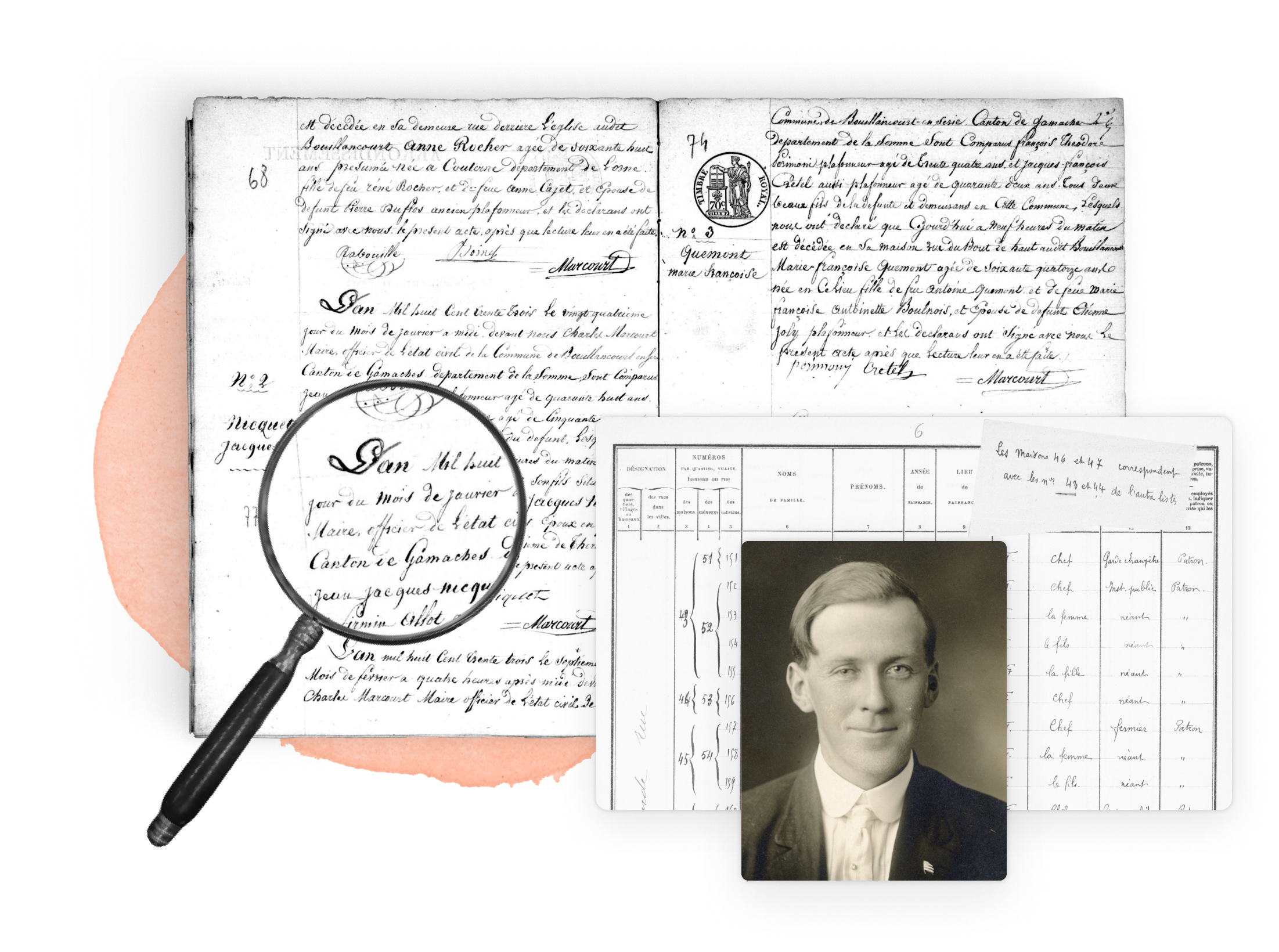
Abney Park Cemetery is named after the Lord Mayor of London, Sir Thomas Abney, who served from 1700 to 1701.
Abney Park Cemetery is aptly named with both the words “park” and “cemetery” in the title since it serves as both. It is one of the Magnificent Seven cemeteries of London that were built to relieve the overload of burials in the inner-city cemeteries in the 1800s.
Abney Park Cemetery spans 31 acres (12.53 hectares) and contains about 200,000 burials in 60,000 graves.
Research your ancestors on MyHeritage
History
Abney Park Cemetery was established in 1840 on the land once occupied by Abney Manor. The manor house was built in 1700 but had fallen into a state of disrepair by the 1840s and was demolished.
The Abney Park Cemetery also fell into a state of disrepair and was abandoned when the Abney Park Cemetery Company went bankrupt in the 1970s.
In 1980, the Hackney Council took control of the cemetery and it is now managed in partnership with the Abney Park Trust.[1] The new management made an intentional decision to maintain the wild atmosphere that the cemetery took on during its time of abandonment, making it an attraction for wildlife and city visitors.
Architecture

The entrance pillars at Abney Park Cemetery were designed by William Hosking and are in the Egyptian Revival style.
Abney Park's chapel was Europe’s first non-denominational cemetery chapel. Like the entrance pillars, the chapel was designed by Hosking. It was built by John Jay, who is also buried at Abney Park Cemetery. The chapel is built in the Gothic style. It is currently closed to the public due to vandalism and fire that took place in 2012 but a restoration project is underway[2].
Nature
Abney Park Cemetery was the first European cemetery to also be designated as an arboretum. It was considered an educational attraction as each of its 2,500 trees and bushes was carefully labeled. The plants are alphabetically arrayed around the perimeter of the cemetery, from A for Acer (maple trees) to Z for Zanthoxylum (American toothache trees).
Abney Park Cemetery is rated as Grade 2 on the Register of Historic Parks and Gardens. The rating of Grade 2 indicates that the site is of particular national, architectural, or historical importance. About 28% of registered parks and gardens are rated Grade 2.
The Magnificent Seven
The Magnificent Seven is the nickname for seven huge cemeteries that surround London:
- Kensal Green Cemetery, 1832
- West Norwood Cemetery, 1836
- Highgate Cemetery, 1839
- Abney Park Cemetery, 1840
- Nunhead Cemetery, 1840
- Brompton Cemetery, 1840
- Tower Hamlets Cemetery, 1841
Each is a unique masterpiece of park-like greenspace. Abney Park Cemetery was Europe's first non-denominational cemetery, open to anyone regardless of religious belief.
Notable burials
Some of the notable burials at Abney Park Cemetery include:

- Frank Bostock(1866 - 1912), lion tamer; Bostock started training lions when he was only 15. He survived being mauled by both a lion and a tiger, as well as having an ape bite off his finger. After all that, he died of the flu.
- William (1829 - 1912) and Catherine Booth (1829 - 1890), founders of the Salvation Army, a Christian church and international movement that has a presence in more than 130 countries and serves more than 4 million people
- Sir Isaac Watts, a prolific hymn writer; During his lifetime, Watts often sat in Abney Park Cemetery as he composed his music.[3]
Explore more about famous cemeteries
- London's Magnificent Seven Cemeteries, BillionGraves Blog
- Documenting Cemeteries with BillionGraves, Legacy Family Tree Webinars
- Cemetery Records Worldwide, BillionGraves, MyHeritage Catalog Collection
- The Seven Largest Cemeteries in the World, BillionGraves Blog
- Three Amazing Cemeteries, BillionGraves Blog
- 10 Cemeteries to See Before You Die, BillionGraves Blog
- 10 of the World's Most Beautiful Cemeteries, BillionGraves Blog
- Stories in Stone – Cemetery Research webinar at Legacy Family Tree Webinars


